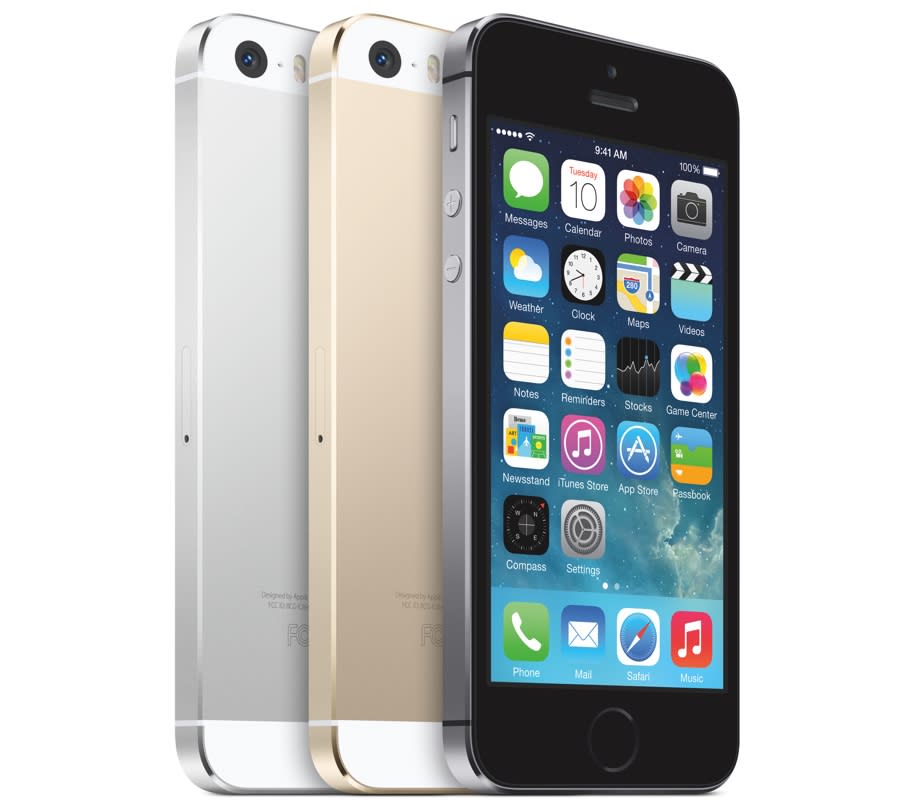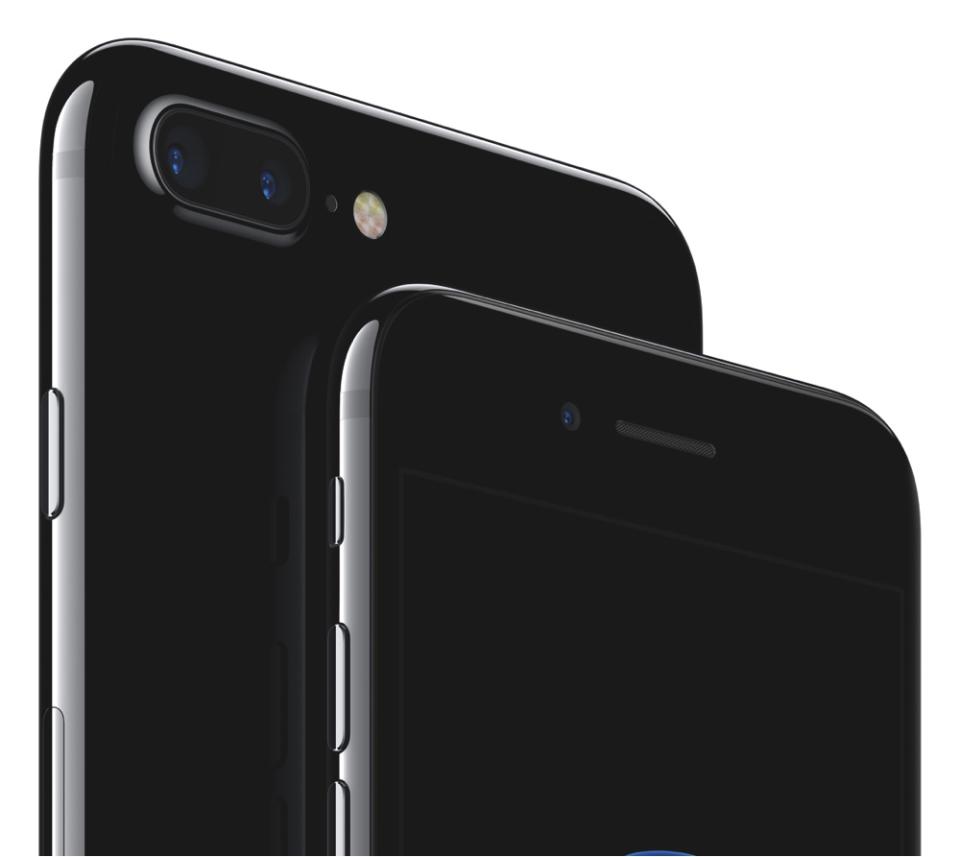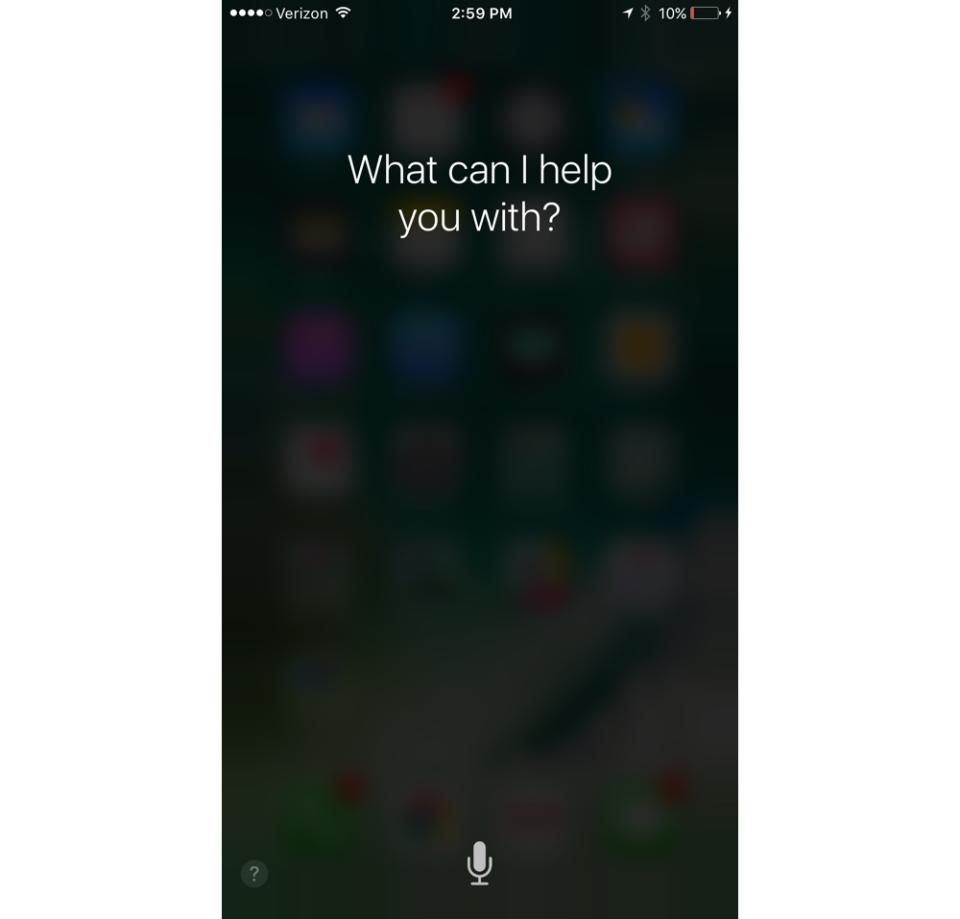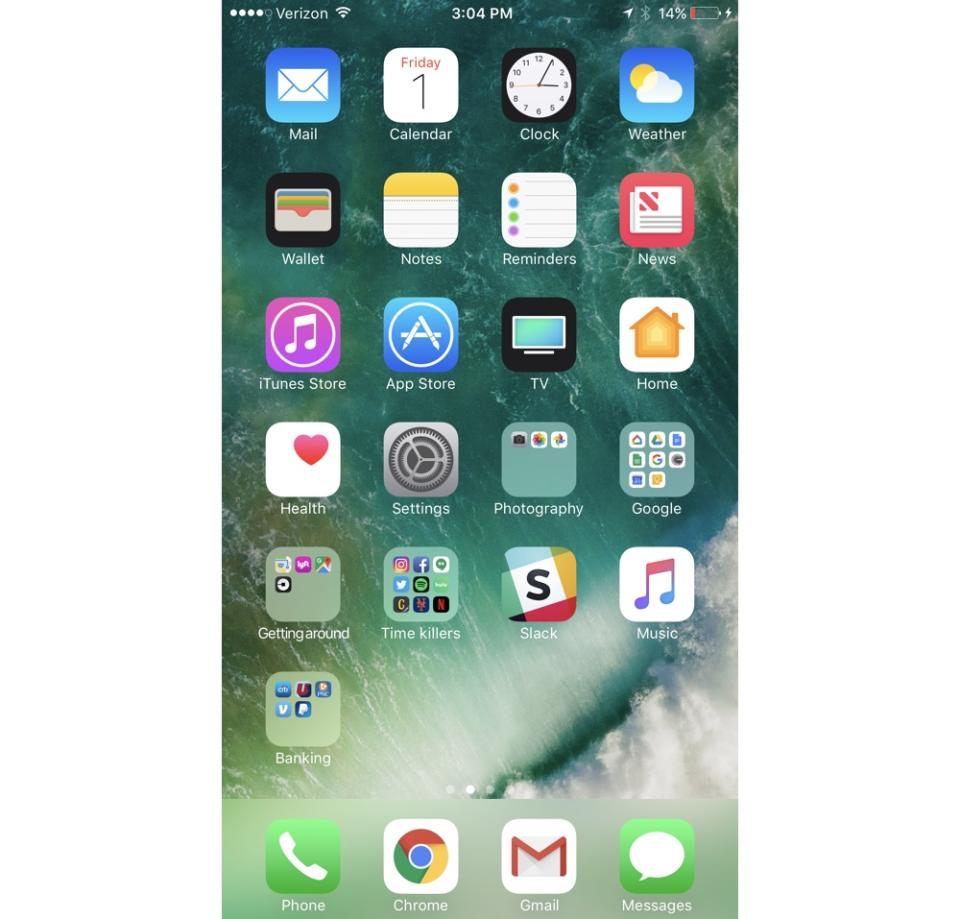The most important iPhone features ever
While it may be difficult for Google’s (GOOG, GOOGL) Android fans to admit, Apple’s (AAPL) iPhone has become one of history’s most influential consumer electronics devices.
Today’s iPhone 7 and the upcoming iPhone 8 — or iPhone 10, or whatever it’s going to be called — is an amalgamation of the best aspects of its predecessors, as well as a number of ideas the company “borrowed” from its competitors.
But the additions Apple has made to its iconic handset don’t all carry equal weight. These are the most important iPhone features to date.
The Home button

The Home button has been with the iPhone since Apple launched its first handset in 2007. A simple circle designed to cup your thumb, the Home button has evolved significantly over the years. Today, the Home button is a solid-state button with an adjustable pressure sensor. Apple also did away with the small square located at the center of the Home button, and could kill off the circle entirely with the iPhone 8.
According to rumors, the next iPhone might use an on-screen Home button thanks to the handset’s edge-to-edge display. It’s not exactly a new idea, though. Samsung started using on-screen Home buttons with its Galaxy S8, and Google’s Pixel, as well as other Android phones, only use on-screen Home buttons.
EarPods

Apple’s EarPods are technically an add-on to the iPhone, but the clean, all-white design of the in-ear headphones were hugely popular during the iPhone’s early days and continue to be used to this day. Apple’s decision to include the EarPods with every iPhone ensured consumers could show off how hip they were by letting them subtly show off the fact that they owned an iPhone without waving it in the face of every stranger they passed on the street.
Apple even included a pair with the iPhone 7 and 7 Plus, though it’s unclear if that tradition will continue with the iPhone 8, as Apple is pushing consumers toward its wireless AirPods.
The Retina display

When Apple’s late co-founder and CEO Steve Jobs took the wraps off the original iPhone, the most impressive feature was its display. While other manufactures were still slapping physical keyboards on their devices, Apple decided that you’d only be able to use a multi-touch panel to interact with the iPhone. And while physical keyboard traditionalists turned their noses up at Apple’s handset, the iPhone ended up the ultimate winner.
Over the years, Apple has steadily improved the iPhone’s panel, first by developing the high-resolution Retina display, then by stretching the screen’s size from 3.5 inches to 4 inches and finally to 4.7 inches with the iPhone 6 and 5.5-inches with the massive 6 Plus.
The iPhone 8 is expected to get an edge-to-edge display, which means its screens’ sizes could see significant increases. And who wouldn’t want a larger display to browse Snapchat?
Touch ID

The iPhone 5s was the first iPhone to feature Apple’s Touch ID fingerprint sensor. The feature, which turned the Home button into a fingerprint reader, allowed you to unlock your phone without having to enter an annoying pin, and is, generally, more secure.
The following year Apple rolled out its Apple Pay mobile payment service, which allowed users to pay for items online and at cash registers using their fingerprints.
There is speculation that Apple might change up the implementation of the technology with the iPhone 8 by positioning the reader under the phone’s display. Doing so would allow the company to create a larger edge-to-edge screen without having to do away with the reader or move it to the rear of the handset.
The camera

Apple has always given special attention to the iPhone’s camera, and for quite some time it was easily the market leader when it came to overall quality. Samsung’s Galaxy family of smartphones and other competitors like Google’s Pixel have closed the gap over the years, but Apple pushed the boundary further with its iPhone 7 Plus and that handset’s dual-lens camera.
Apple is expected to make even greater improvements to its cameras with the iPhone 8, with rumors indicating the phone will get a 3D sensor for augmented reality apps and a super-fast facial recognition camera up front.
Siri

The first of the new breed of virtual assistants, Apple’s Siri started out with the ability to tell you the weather and check sports scores. Since then Amazon (AMZN) has successfully jumped into the virtual assistant arena with its incredibly successful Alexa and Echo speaker. Google’s own Assistant and Home speaker have followed with success of their own, but Siri started things off.
What’s more, Siri is available across Apple’s multitude of devices including the iPhone, iPad, Apple Watch, Apple TV, Home Kit, and Car Play.
Apple will soon release updates to Siri via iOS 11 with a new voice, brighter information cards and further Siri Kit integration with additional apps. Then there’s the company’s own HomePod smart speaker coming later this fall. In other words, don’t sleep on Siri.
The App Store

Apple’s App Store wasn’t available on the first iPhone, but it arguably helped make the handset as important as it is today. Thanks to the App Store, we use our smartphones to do things like find dates, order food, play games, stream movies and, of course, download apps that make fart noises.
The App Store hasn’t been without controversy, though. Apple’s notoriously strict guidelines and its “walled garden” approach to how it allows apps to interact with the iPhone have been criticized throughout the years. But there’s no denying the App Store has been critical to the iPhone’s success.
For Apple’s iOS 11, the App Store is getting a new look and improved curation via the store’s own editorial team, as well as daily updates to the day’s hottest apps. The App Store could soon be its best yet.
iOS

It’s the foundation of Apple’s iPhone, not to mention the iPad, and helped launch the mobile revolution, so it goes without saying that iOS, Apple’s mobile operating system, is the most important feature of the iPhone.
The operating system made it easy to navigate a supercomputer using your fingers and had a direct influence on Google’s Android — and vice versa. Through the years Apple has dramatically expanded iOS’ capabilities, and with iOS 11 the company will further broaden the scope of the operating system by adding additional capabilities for things like machine learning and AR Kit, which will enable augmented reality applications.
From the moment you turn on your iPhone to the moment you put it down at night — and then pick it up again to check Instagram one more time — you interact with iOS. Without it, the iPhone wouldn’t be anything close to the device it is today and will be in the future.
More from Dan:
‘Mario + Rabbids Kingdom Battle’ review: An insane mix of strategy and absurdity
Fitbit’s Ionic smartwatch is here to take on the Apple Watch
Email Daniel at [email protected]; follow him on Twitter at @DanielHowley.
